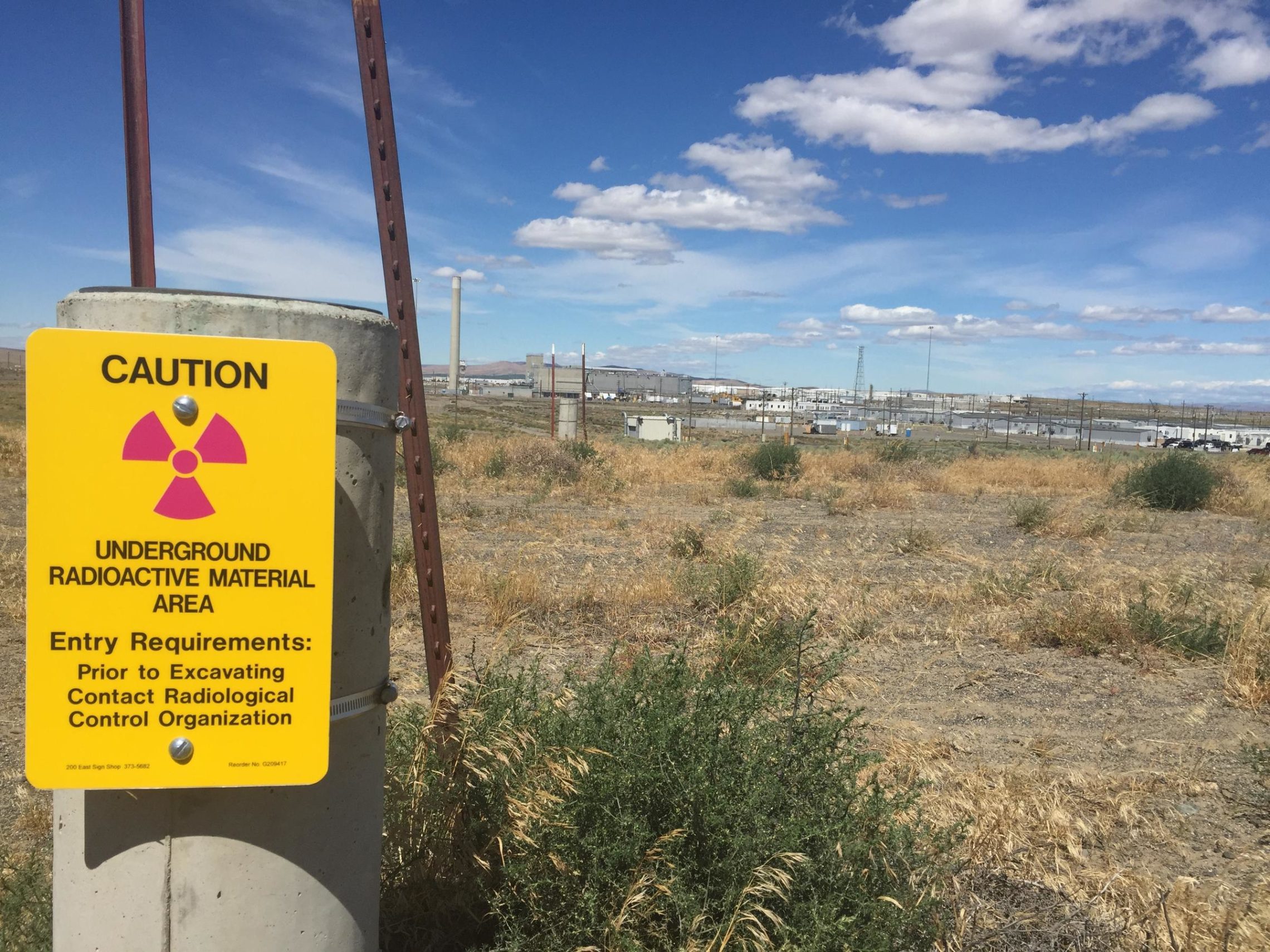
Hanford Demolition Work Stopped Again Over Contamination Issues
Hanford workers have called a “stop work” at a demolition site over worries of radioactive contamination inside government vehicles. It’s the same site where government contractors have struggled to tame the spread of contamination all winter.
Correspondent Anna King has been closely following this story.
“What we know so far is this: Crews are checking the interiors of about four-dozen government vehicles. Around 8 a.m. today workers called a ‘stop work.’ Anyone at the demo site that uses these vehicles isn’t working right now,” Anna King reported earlier on Tuesday, Feb. 20. “But, office workers are still doing their jobs. Contractors had cleared these vehicles before. But they surveyed the outsides, not the interior. Now, workers want the inside of each vehicle to have a thorough going over. This is all important because waste has continued to spread at this old factory demo site.”
So far, several workers, an office building and 36 cars have been found contaminated.
The huge Plutonium Finishing Plant was where the government turned liquids containing plutonium into hockey-puck-sized solid “buttons” for making bombs during the Cold War.
Now the federal government is trying to tear it down to the slab. But about 200 workers have been largely idled since December.
Related Stories:

Project 2025 and Hanford: What Trump’s second term could mean for WA’s toxic sludge
A gate and signs stand guard at one of the Hanford site’s tank farms. (Credit: Anna King / NWPB) Listen (Runtime 4:02) Read By Anna King and Jeanie Lindsay Traffic

Washington state, federal agencies finalize agreement for tank waste cleanup at Hanford
Hanford workers take samples from tank SY-101 in southeast Washington state. (Courtesy: U.S. Department of Energy) Listen (Runtime :59) Read When it comes to tank waste at Hanford in southeast

Hanford safety officer hired on by Yakama Nation
Rattlesnake Mountain on the Hanford site in 2022. The mountain is sacred to the Yakama Nation and other Northwest Indigenous tribes and bands near the Hanford site. (Credit: Anna King
















